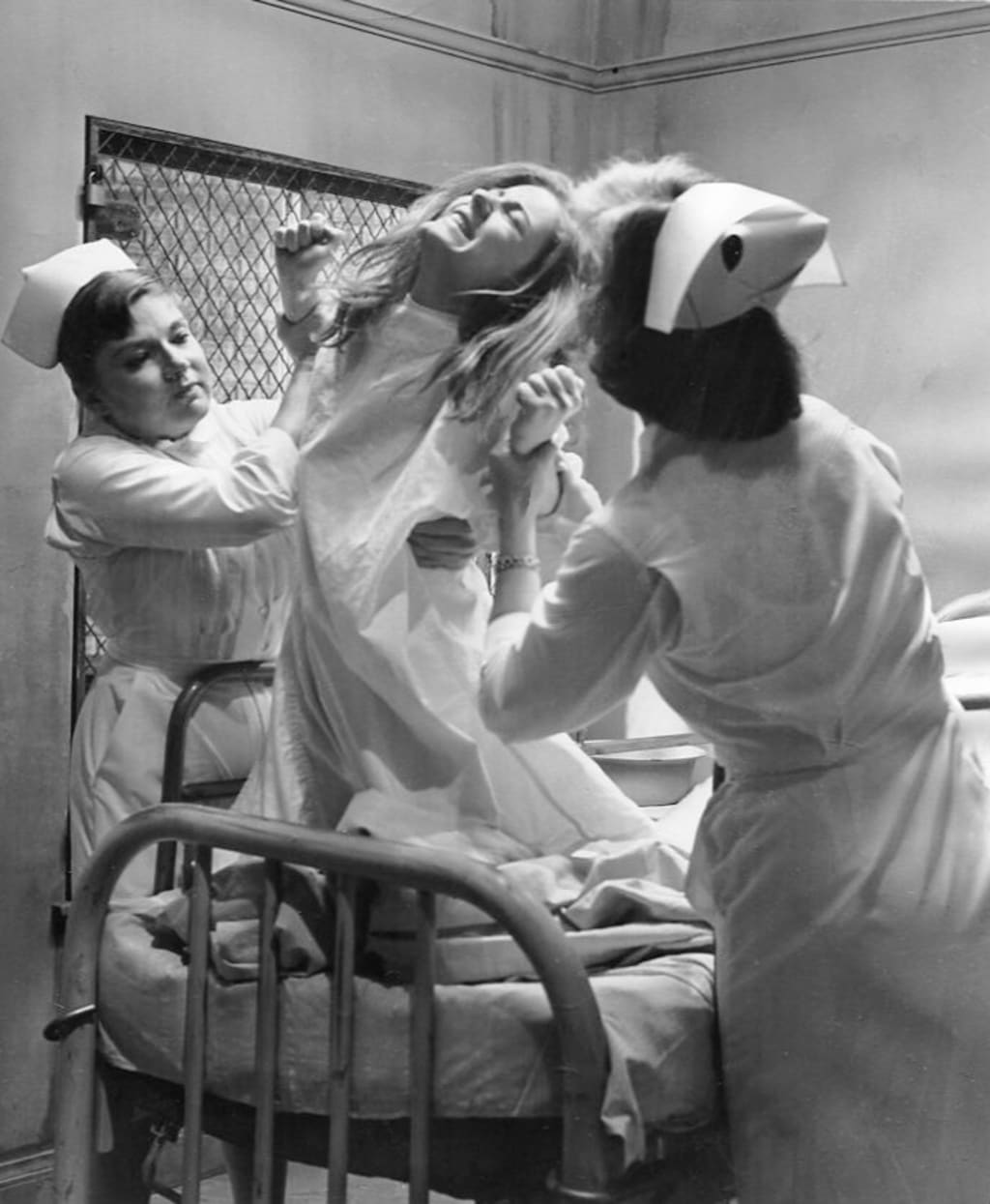'Valley of the Dolls'- Book Review
Popping Pills and Popularity

Valley of the Dolls was the original blockbuster bestseller. Written by American author Jacqueline Susann and published in 1966, it combines bitchy gossip with real insight into celebrity culture.
The story follows the fortunes of three women, living in consumerist, fame-obsessed, post-war New York. Anne is a New England secretary who becomes a makeup model. Her first friend in New York is Neely O’Hara, a vaudeville singer who achieves international fame as a Hollywood actress. The two women later meet Jennifer North, an actress who claims to survive only on her looks.
It is easy to dismiss this novel as a brief pop-culture phenomenon, but if you delve beneath the flashy surface, there are some important, proto-feminist ideas, which make it a modern classic.
Contributing to its reputation as being a monumental bitch-fest, many of the characters are based on real life actresses and singers. The grand-dame of Broadway, Helen Lawson, was inspired by the 50s musical legend, Ethel Merman.
Lawson has a hell of a voice and, despite not being a beauty, is successful in musical theatre circles. But she is also an emotional mess, making friends to further her own agenda and constantly scrabbling around for the nearest man to validate her.
Jennifer North could be partially based on Marilyn Monroe. Her jaw-dropping beauty combines sexiness and innocence, but she tends to latch onto manager-types who control her and lust after her breasts.
Jennifer’s friend Neely is reputed to be a portrait of Judy Garland. Undeniably talented, Neely becomes a “Fame Monster,” thinking that she is invincible and becoming addicted to pills. These pills are the “dolls” of the title, a slang term invented by Susann for the novel.
Finally, Tony Polar is said to be a mixture of blue-eyed singer Frank Sinatra and actor Dean Martin. Polar is, on the surface, talented, handsome, and successful, but he hides an intellectual disability. Susann came up with the idea for Polar when, at a meeting with Dean Martin, the actor was too engrossed in his comic book to speak to her.
Now the gossip is out of the way, let’s turn to the novel’s depiction of sex. It is scarily realistic, with all the nuances of passion, abuse, awkwardness, and tenderness that real sex provides.
Susann doesn’t shy away from lesbianism: Jennifer North, during her formative years in Europe, has a lengthy relationship with a woman. However, this woman ends up using Jennifer merely for her own sexual gratification, and Jennifer needs to escape.
Anne’s character provides the reader with the painful experience of the “first time.” Despite being with a man she adores, the experience is not very pleasurable for her. We later see her learning to enjoy sex and is one of the few characters in the novel who actually gets pleasure from the act and truly loves her partner, Lyon Burke.
The character of Lyon Burke is Susann’s method of exploring “toxic masculinity” before the phrase was even invented. He cannot bear the idea that Anne may be financing his success, and soon begins to sleep around to gain back his “manhood.” Neely’s frank discussion of sex is absolutely brilliant, describing how her boyfriend made her “come the other way,” recognising that sex can also include oral pleasuring.
As the title suggests, drugs play a huge role in the novel. Neely’s addiction to barbiturates is portrayed as understandable and tragic, with her Hollywood studio bullying her into working long hours and wearing minuscule dresses. She cannot sleep because of her intense workload and lack of nutrition, so she turns to the sleeping pills she calls “little red dolls.”
Eventually she works up a tolerance, so her doses increase to two a day, to three a day, to multiple pills an hour. She lies and throws tantrums in order to get what she wants, and even uses pills as a bargaining tool. She attempts suicide on a number of occasions, with the pills her accomplices, in order to scare her entourage into her way of thinking.
Neely eventually ends up in an institution. Susann, despite showing how monstrous Neely is, can also be sensitive to her. The studio is the real culprit, pushing diet pills on her and working her far too hard, so that her only choice is to self-medicate in order to survive. We can also blame the doctors, who have no ethical problems with constantly refilling Neely’s prescription despite the health risks. Her terrifying behaviour is the behaviour of an addict who will do anything to get her fix.
The real feminist agenda of this novel, which was written before feminism even existed, can be seen in Susann’s male characters, and their relationships with her heroines.
Neely is the most “enlightened” character, who needs men for companionship but knows they can’t be counted on. She tries to rely solely on herself and her talent, because they are what will last.
Anne is completely defeated by the end of the novel, because her blind love for Lyon is not returned. She gives up everything for him, but he cheats on her and lies to her. His unwillingness to give her independence is ultimately her downfall.
Jennifer’s fall is the most dramatic of the three. She believes that her senator-fiancé loves her for her personality, but when it becomes clear that he loves her breasts more than her mind, she loses the will to live.
If asked to choose whether this novel is just a load of gossip, or if it is proper literature, I wouldn’t be able to choose. I say it is both. It is a portrait of a superficial culture, a time of advertisements and movies, a time of drug addiction and sexual servitude. In many ways, we still live in that time, with celebrities still dying of overdoses and leaving calamitous marriages. Don’t dismiss this novel just because of its hot pink cover.
About the Creator
Maddy Searle
I'm a writer, radio producer, and all round pop culture fanatic. I love writing about the movies and TV shows which have changed the way I think about the world.






Comments
There are no comments for this story
Be the first to respond and start the conversation.